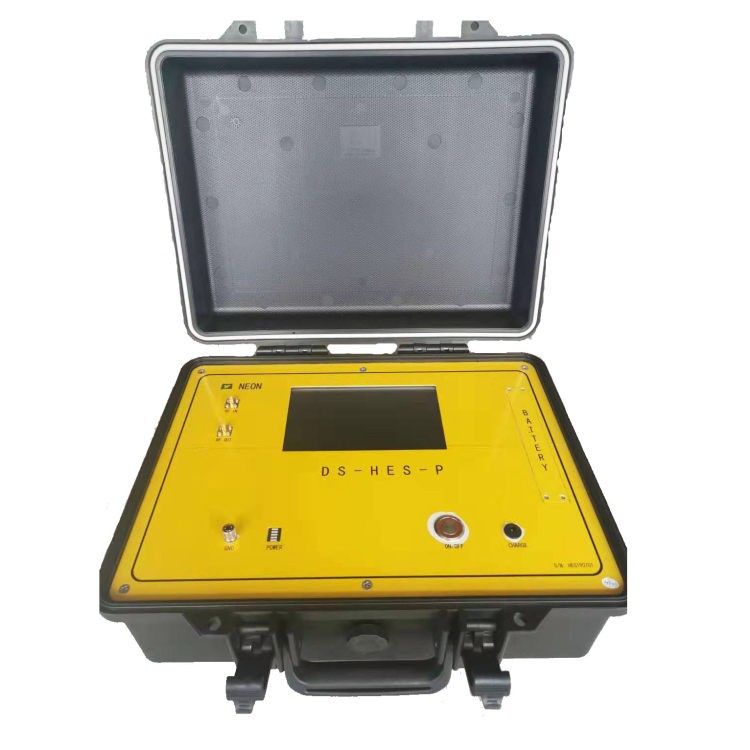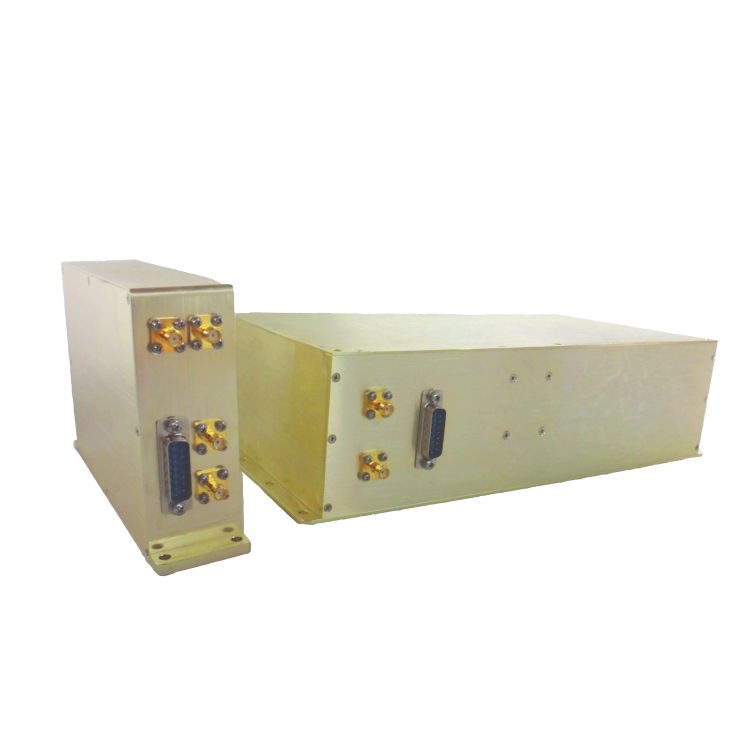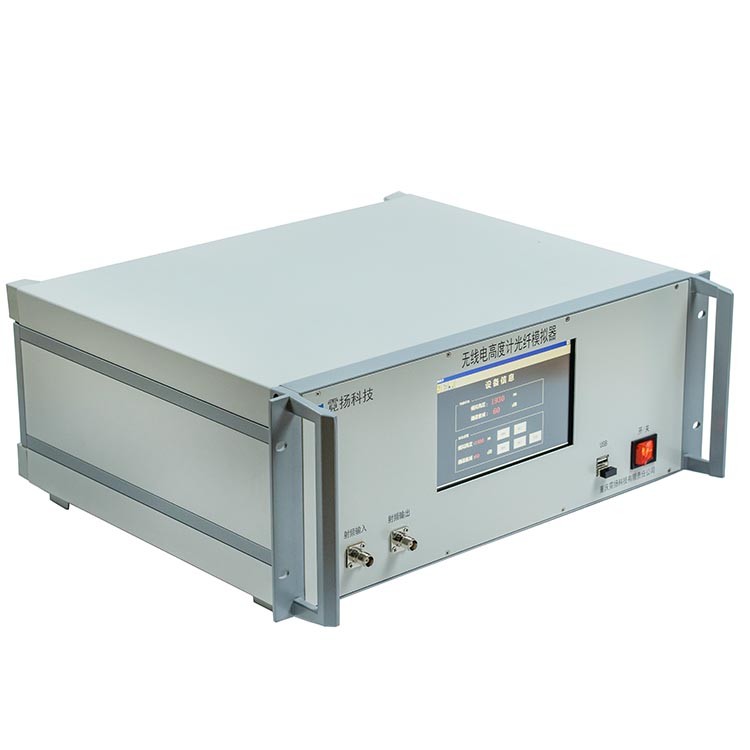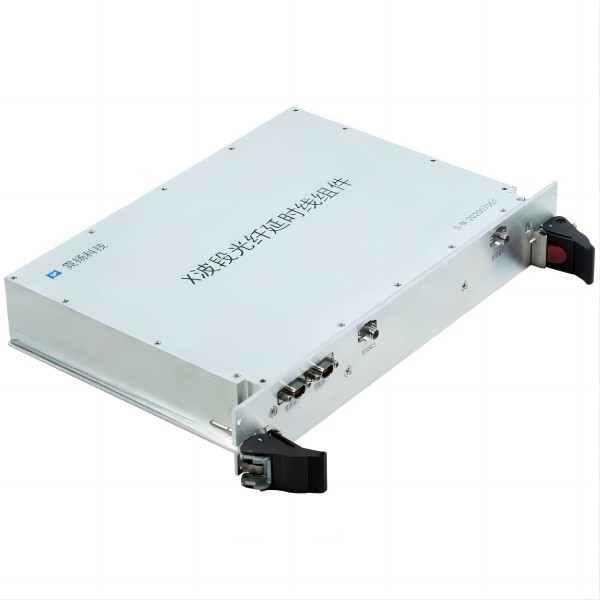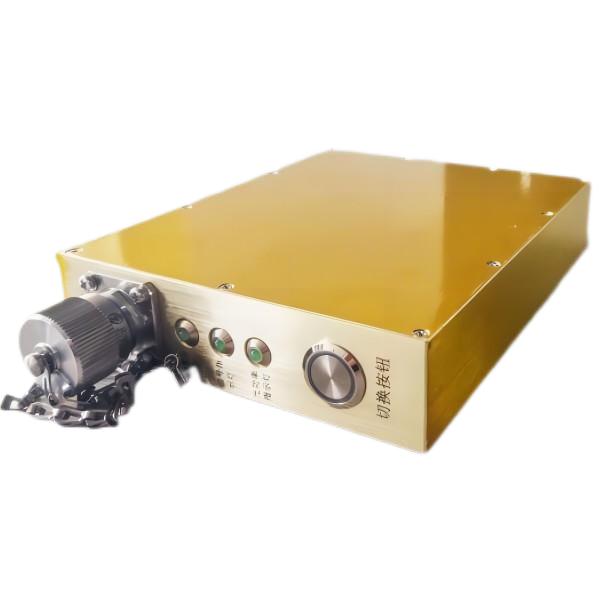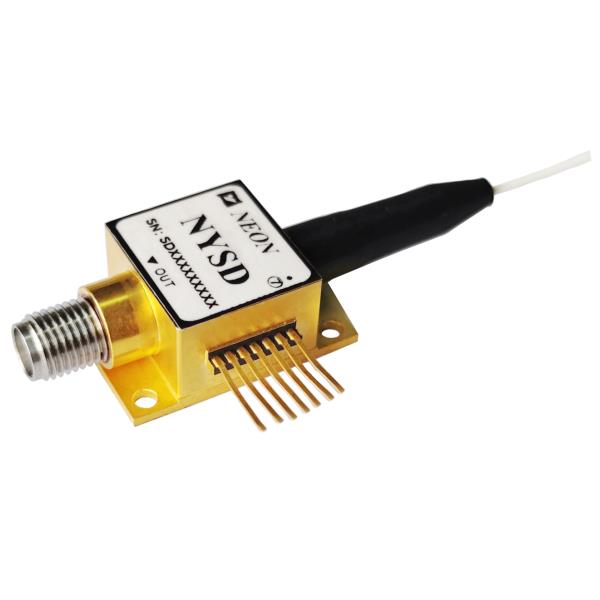Radio Altimeters: An Essential Safety Instrument in Aircraft
A radio altimeter is an electronic device that measures the height of an aircraft above the ground. It is a critical safety instrument, used in a variety of applications, including landing, ground proximity warning systems (GPWS), and terrain awareness and warning systems (TAWS).
What is a Radio Altimeter?
A radio altimeter is a radar altimeter that measures the distance between an aircraft and the ground. It does this by transmitting a radio signal to the ground and then measuring the time it takes for the signal to return. The height of the aircraft is then calculated based on the speed of light and the round-trip travel time of the signal.
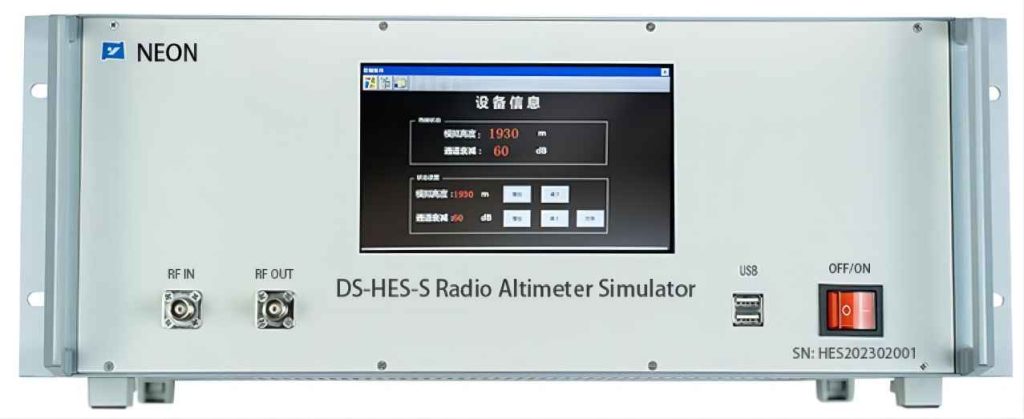
Types of Radio Altimeters and How Do the Radio Altimeters Work?
A radio altimeter works by transmitting a radio signal to the ground and then measuring the time it takes for the signal to return. The height of the aircraft is then calculated based on the speed of light and the round-trip travel time of the signal.
There are two main types of radio altimeters: pulsed radio altimeters and continuous wave radio altimeters.
- Pulsed radio altimeters transmit a series of short radio pulses to the ground. The time it takes for the pulses to return is then used to calculate the height of the aircraft.
- Continuous wave radio altimeters transmit a continuous stream of radio waves to the ground. The strength of the radio waves that are reflected back to the aircraft is then used to calculate the height of the aircraft.
What is the Purpose of a Radio Altimeter in Aircraft?
The purpose of a radio altimeter in aircraft is to provide the pilot with an accurate measurement of the aircraft’s height above the ground. This information is used for a variety of purposes, including:
- Landing: The radio altimeter is used to help the pilot determine when to land the aircraft. It provides a direct measurement of the aircraft’s height above the runway, which helps the pilot to avoid a runway overrun.
- Ground proximity warning systems (GPWS): GPWS is a system that alerts the pilot if the aircraft is getting too close to the ground. The radio altimeter is a primary sensor for GPWS, and it provides the system with the information it needs to determine if the aircraft is in danger of crashing.
- Terrain awareness and warning systems (TAWS): TAWS is a system that alerts the pilot if the aircraft is approaching terrain that is too close. The radio altimeter is a primary sensor for TAWS, and it provides the system with the information it needs to determine if the aircraft is in danger of colliding with terrain.
- Autoland systems: Autoland systems allow aircraft to land automatically. These systems use radio altimeters to measure the aircraft’s height above the runway, which allows them to land the aircraft safely even in low visibility conditions.
- Wind shear detection systems: Wind shear is a sudden change in wind speed or direction. It can be very dangerous for aircraft, as it can cause the aircraft to lose control. Radio altimeters can be used to detect wind shear, which can help pilots to take corrective action and avoid an accident.
- Helicopter hover control systems: Helicopter hover control systems use radio altimeters to measure the height of the helicopter above the ground. This information is used to control the helicopter’s engines, which allows the helicopter to hover safely.
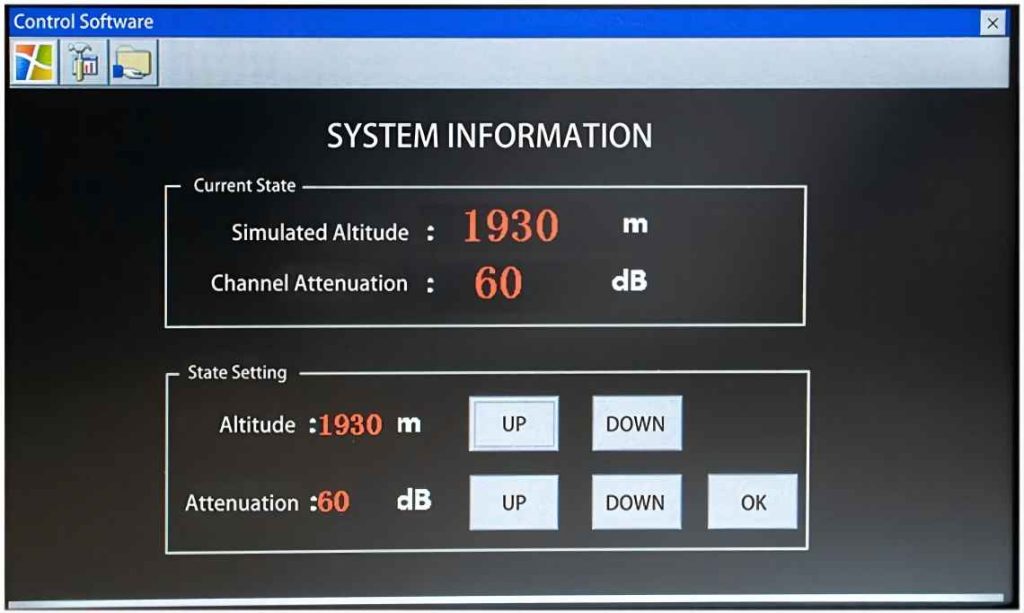
Importance of Radio Altimeters in Aircraft Safety
Radio altimeters are an essential safety instrument in aircraft. They provide the pilot with critical information about the aircraft’s height above the ground, which can help to prevent accidents.
For example, radio altimeters are used in GPWS and TAWS systems, which can alert the pilot if the aircraft is getting too close to the ground. This information can help the pilot to take corrective action and avoid a crash.
Radio altimeters are also used in autoland systems, which allow aircraft to land automatically. These systems use radio altimeters to measure the aircraft’s height above the runway, which allows them to land the aircraft safely even in low visibility conditions.
Conclusion
Radio altimeters are an important safety instrument in aircraft. They provide the pilot with critical information about the aircraft’s height above the ground, which can help to prevent accidents. Radio altimeters are used in a variety of applications in aircraft, including landing, GPWS, TAWS, autoland, and wind shear detection systems.


